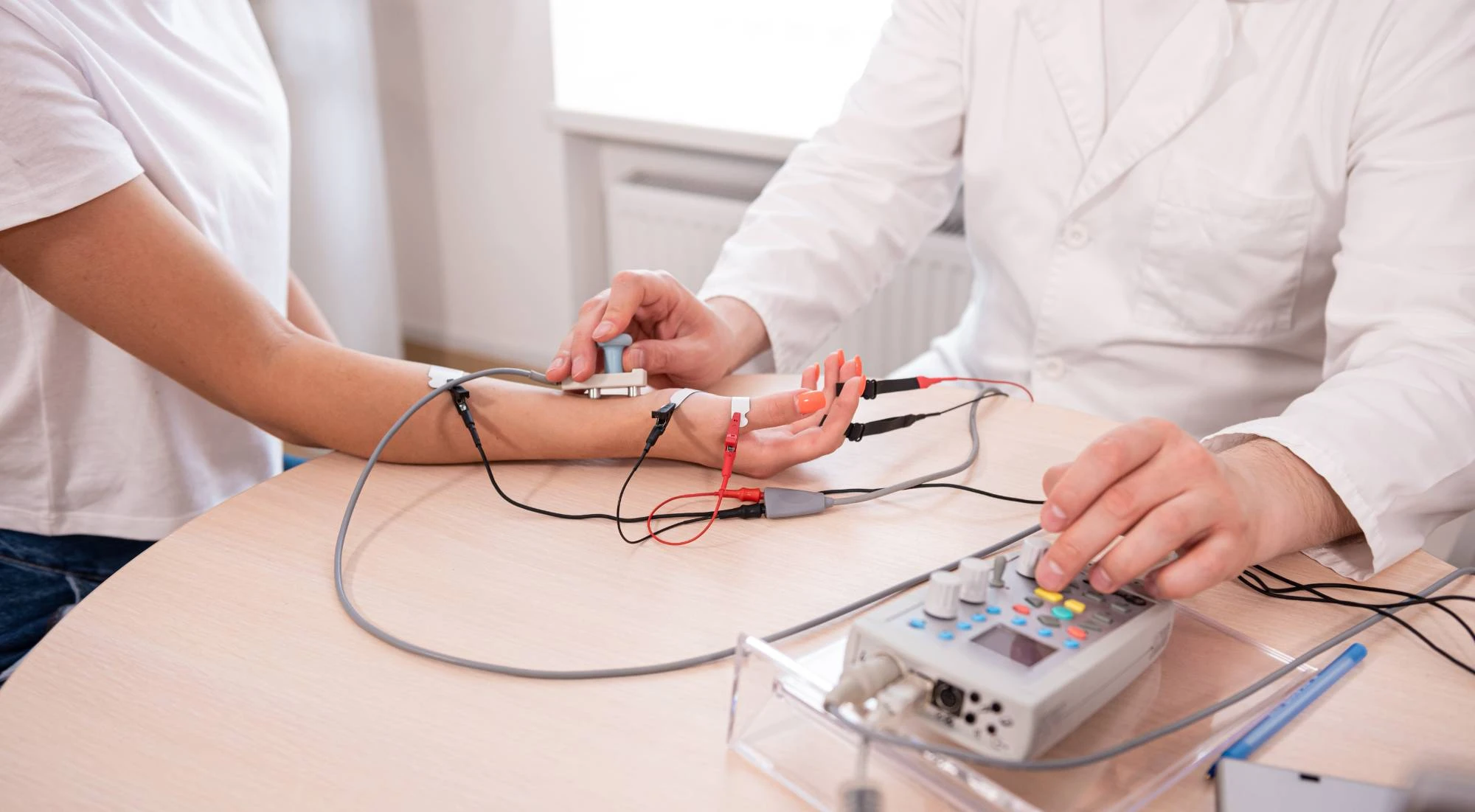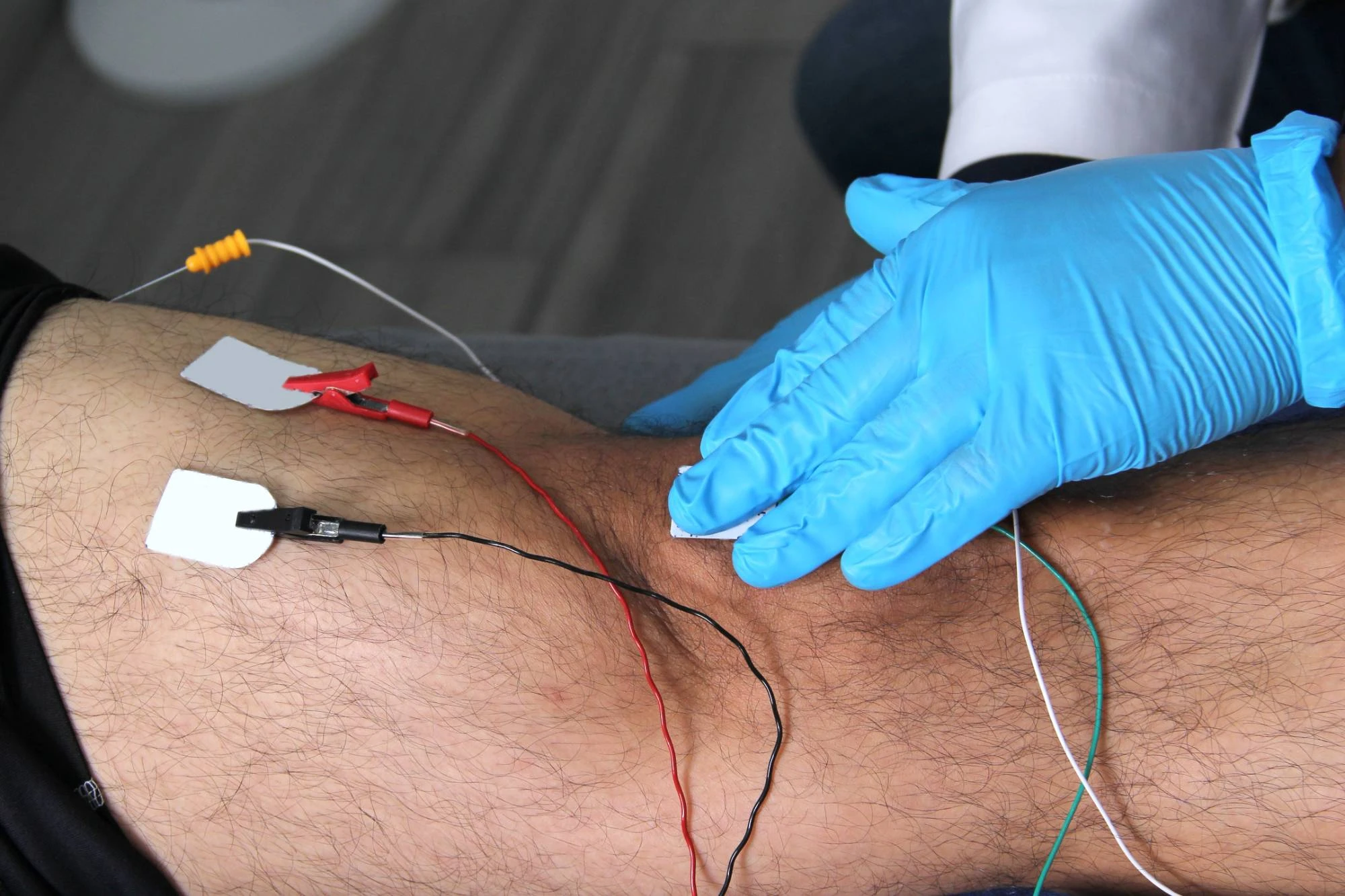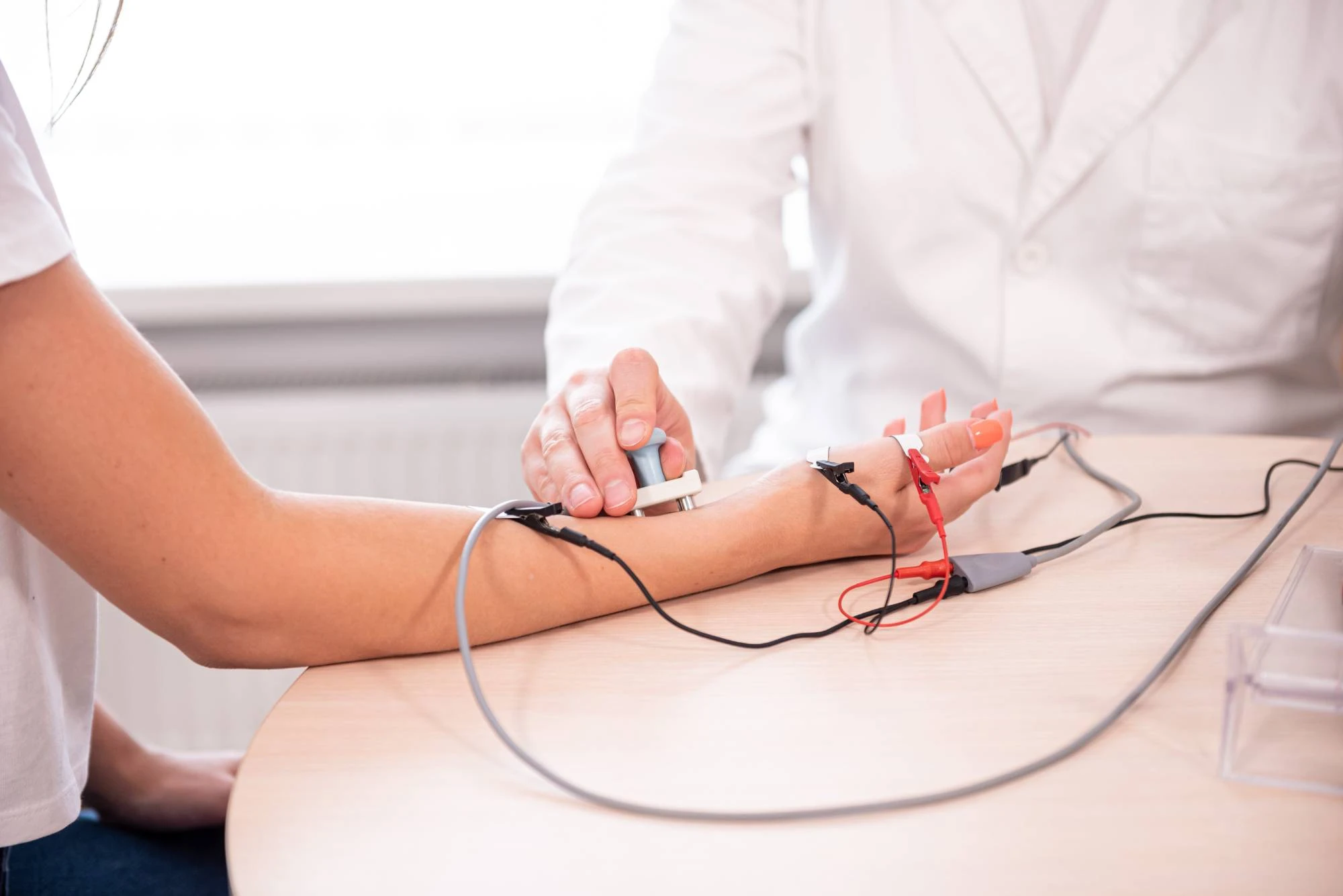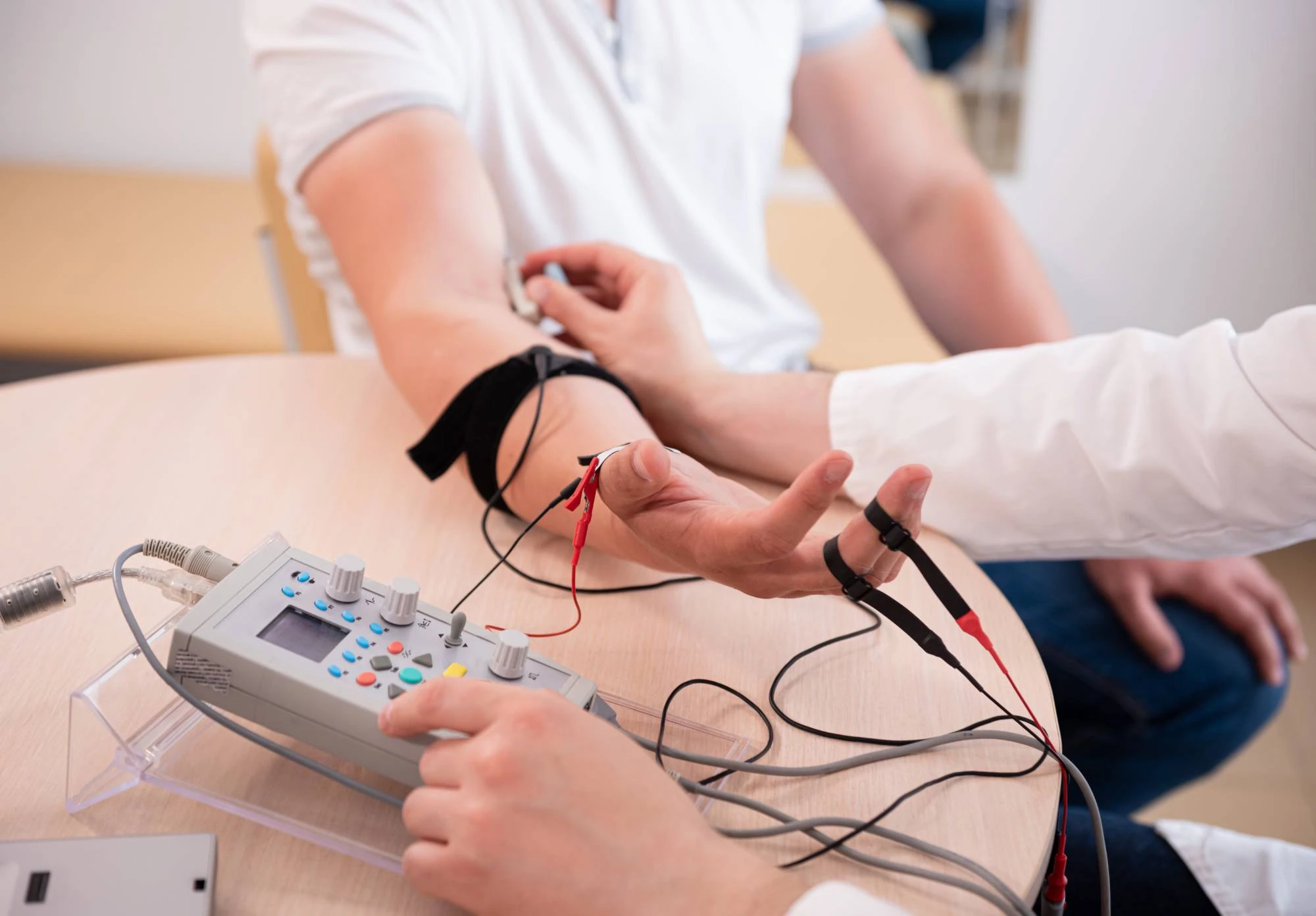Precise electromyography testing that identifies exactly what’s causing your symptoms so you can move forward with the right treatment.

Reviews

You’ve been dealing with numbness, tingling, or muscle weakness for too long without real answers. EMG testing changes that by measuring the electrical activity in your muscles and nerves, giving us a clear picture of what’s actually happening in your body.
When the test is complete, you’ll have concrete data about your nerve function. No more guessing about whether your symptoms are serious or wondering if different treatments might work better. You’ll know exactly which nerves or muscles are affected and how severe the problem is.
This information becomes the foundation for a treatment plan that actually targets your specific condition. Instead of trying generic approaches that may or may not help, we can recommend therapies proven to work for your exact type of nerve or muscle dysfunction.
NY Spine Medicine has been serving patients in Washington, NJ and surrounding areas with comprehensive spine and nerve care. We specialize in neuromuscular diagnostics, using advanced EMG and nerve conduction study equipment to provide accurate results.
Our practice focuses on thorough evaluation and clear communication. You won’t leave wondering what the results mean or what happens next. Every test includes a detailed explanation of findings and how they relate to your symptoms.
We understand that nerve and muscle problems can significantly impact your daily life. That’s why we prioritize both diagnostic accuracy and helping you understand your condition so you can make informed decisions about treatment.

The EMG test has two parts that work together to give a complete picture of your nerve and muscle function. First, the nerve conduction study measures how well electrical signals travel through your nerves. Small electrodes are placed on your skin, and mild electrical pulses test the speed and strength of nerve signals.
Next, the electromyography portion examines your muscle activity. A thin needle electrode is inserted into specific muscles to record their electrical activity both at rest and during contraction. This shows whether muscle problems stem from the muscle itself or from nerve damage affecting the muscle.
The entire process typically takes 30 to 60 minutes depending on how many nerves and muscles need testing. Most patients find it tolerable, though you may feel some discomfort during the needle portion. Results are available immediately, and we’ll explain what the findings mean for your specific situation and treatment options.

Ready to get started?
Your EMG testing appointment includes both nerve conduction studies and electromyography testing to evaluate the full scope of your condition. The testing can identify conditions like carpal tunnel syndrome, pinched nerves, herniated disc nerve compression, peripheral neuropathy, and muscle disorders.
You’ll receive a thorough consultation before testing to discuss your symptoms and medical history. This helps us target the examination to the specific areas and nerves most likely causing your problems. The testing is performed using state-of-the-art equipment that provides precise measurements of nerve and muscle function.
After testing, you’ll get a detailed explanation of results and what they mean for your treatment options. The findings help determine whether your symptoms are caused by nerve damage, muscle problems, or spine-related nerve compression, guiding the most effective treatment approach for your specific condition.

New York:
Florida:
Support